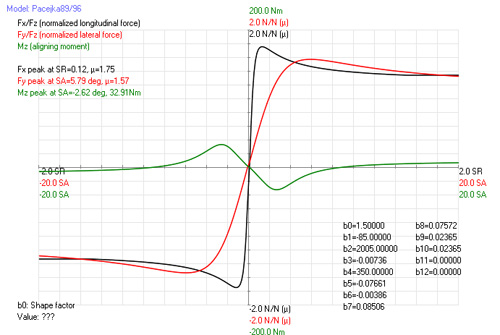Overlap77
Automotive
- Dec 16, 2016
- 16
Hi
i'm reading this page
but I can't find what the SAT in toe/SAT stands for.
Could someone please help so I can fully understand the points made in the discussion
thanks
i'm reading this page
but I can't find what the SAT in toe/SAT stands for.
Could someone please help so I can fully understand the points made in the discussion
thanks

